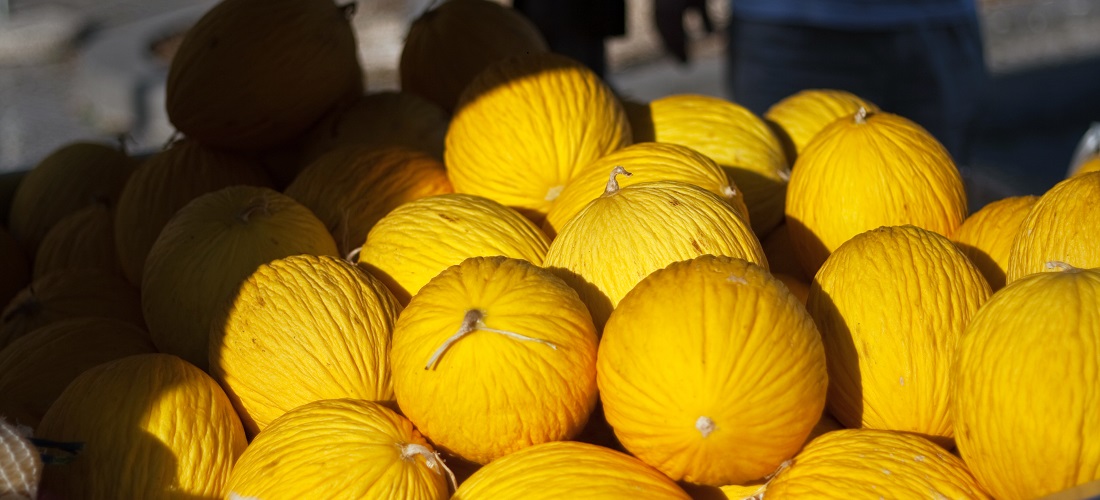
Fruit exports from Brazil’s Rio Grande do Norte expected to rise 15% in 2023/24
Aug, 29, 2023 Posted by Gabriel MalheirosWeek 202336
The exports of fruits from Brazil’s Rio Grande do Norte are projected to experience a growth of 5% to 15% in both volume and value during the current harvest season, which began in August, according to representatives of the state’s fruit industry interviewed by TRIBUNA DO NORTE. Producers assess that key fruits from the state, such as melons, papayas, and watermelons, are in high demand in the European market. This year, due to climatic factors in Europe, the European market requested shipments in advance. With melons already well-established in the market, producers are now aiming to secure partnerships and prospects for new transactions, particularly in China.
Based on figures from the Executive Committee of Rio Grande do Norte’s Fruit Sector (Coex/RN), the expectation for the 2023/2024 season is the export of 400,000 tonnes of fruits, equivalent to around 18,000 containers. Global negotiations could exceed R$ 1.5 billion (Brazilian Reais). Coex data also reveals that approximately 40% of the country’s fruit exports originate from Rio Grande do Norte and travel to around 20 countries. Notable destinations include the European Union, the United States, Russia, Canada, Argentina, Chile, Uruguay, Paraguay, and several Middle Eastern countries.
Fábio Queiroga, the President of Coex, finds the expectations encouraging, and he anticipates that this fruit harvest, spanning from August to March, will reach levels experienced prior to the COVID-19 pandemic. Export products include melons, watermelons, papayas, bananas, and pumpkins, as well as small quantities of lemons and dragon fruit.
“The expected 17.5 thousand containers would represent a 10% increase compared to last year, but it would still bring us close to the levels we had before the pandemic when we faced maritime restrictions. We are preparing the ground to grow even more in the next edition,” he explains.
The optimistic assessments are also endorsed by Luiz Barcellos, the Institutional Director of the Brazilian Association of Fruit and Derivative Exporters (Abrafrutas) and of Agrícola Famosa. “We received early shipping orders. Spain, our competitor, had production problems, so demand started off very strong. We are already shipping a quantity greater than last year. Despite the challenging economic situation that Europe is experiencing post-pandemic, freight is stabilizing, so we are optimistic. In general, our growth isn’t tremendous, around 5%. Consumption remains uncertain, but with these issues in Europe and lower production, we can grow compared to last year,” he adds.
Despite these expectations, producers have also highlighted existing bottlenecks in the state, related to the poor road conditions and the Port of Natal. A portion of the state’s fruit exports is handled through ports in Ceará or Pernambuco.
“We previously enjoyed the convenience of having a domestic port. Then, the maritime company, CMA, made the decision to operate at Mucuripe, in view of the need to accommodate large vessels, and our port has draft restrictions. However, this is not a major bottleneck because we are in a region quite close to the Mucuripe Port. A bigger challenge is the road conditions around Natal and the fact that our shipments have to cross the city to reach the port,” emphasizes Fábio Queiroga.
See below the monthly exports of fruits in containers between Jan 2019 and Apr 2023. The data is from DataLiner.
Natal Port’s Fruits Exports | Jan 2019-Apr 2023 | TEU
Source: DataLiner (click here to request a demo)
Sector Plans for New Shipments to China
With certification and authorization for export to China since January 2020, melons produced in Rio Grande do Norte await solid commercial partners and a viable export mechanism to fully enter the Asian country. This is what stakeholders in the local fruit sector indicate, confirming that the state has already sent at least four “test” shipments of melons and plans to send new ones in the upcoming harvest.
Over the past three years, Queiroga confirms that there have been both sea shipments and commercial programs via air freight. “Air shipments are small, just palettes. We are talking about 10 to 15 tons per shipment. Sea shipments carry 20 tons. So we send around 100 to 120 tons via sea and many small fractions by air,” he explained.
“I received a quote from a company that offered to provide dedicated transport Brazil/China in less than 30 days. We will contact the producers to schedule the shipment and validate the fruit’s performance under conditions it can tolerate,” he adds.
Source: Tribuna do Norte
To read the original news text, see: http://www.tribunadonorte.com.br/noticia/exportaa-a-o-de-frutas-do-rn-deve-crescer-ata-15-na-safra-2023-24/570669
-
Meat
Jul, 04, 2024
0
Meat: Brazil resumes imports of sheep meat from Australia after 4 years
-
Ports and Terminals
May, 20, 2019
0
Vale halts cargo transportation between Sabará and Barão dos Cocais
-
Other Cargo
Nov, 11, 2024
0
Porto do Pecém Becomes an Alternative to Porto de Santos for Brazilian Cotton Exports
-
Ports and Terminals
Nov, 27, 2020
0
Santa Fé Port exports 50,000 tons of broken corn since resuming operations in June


